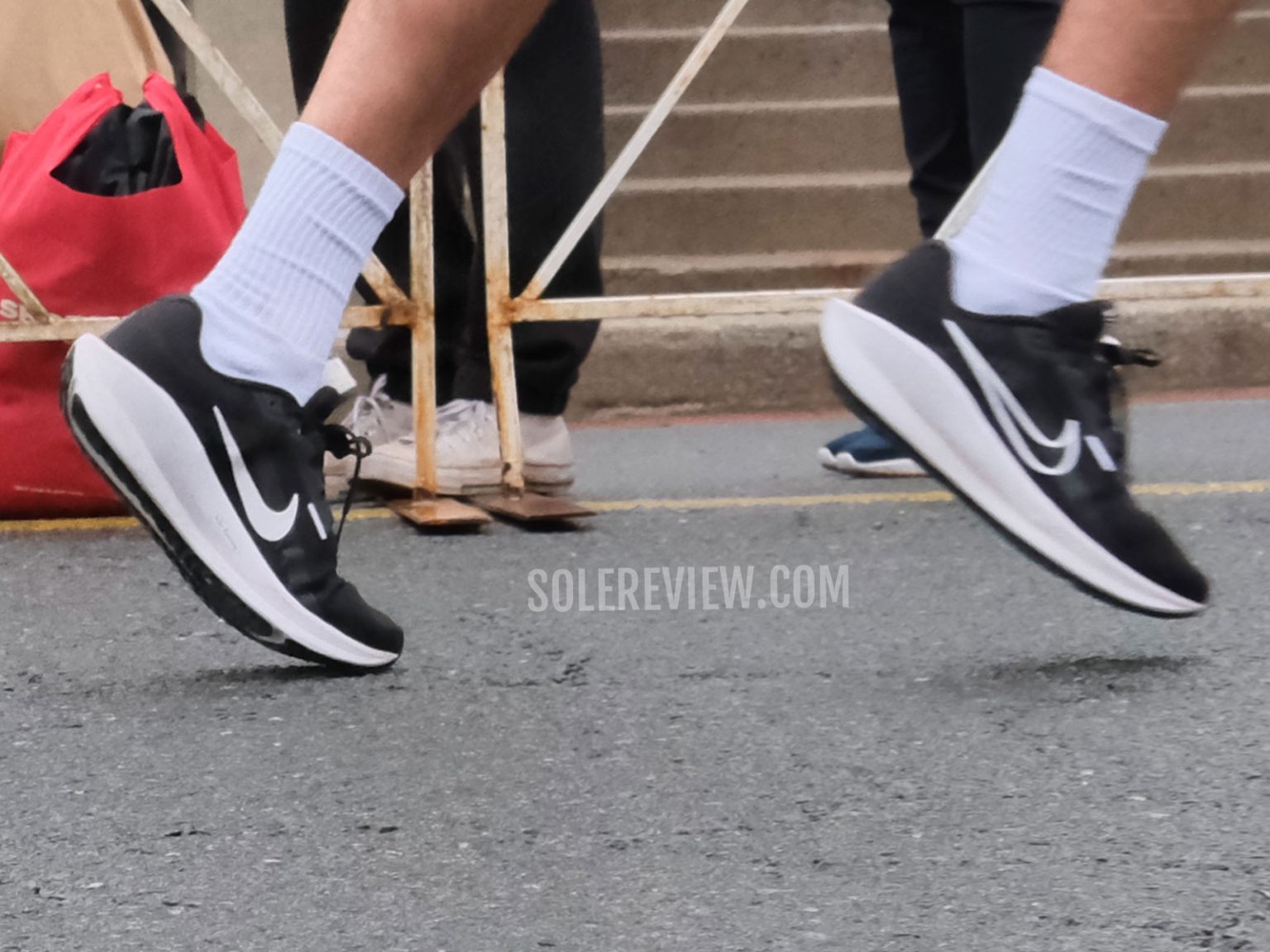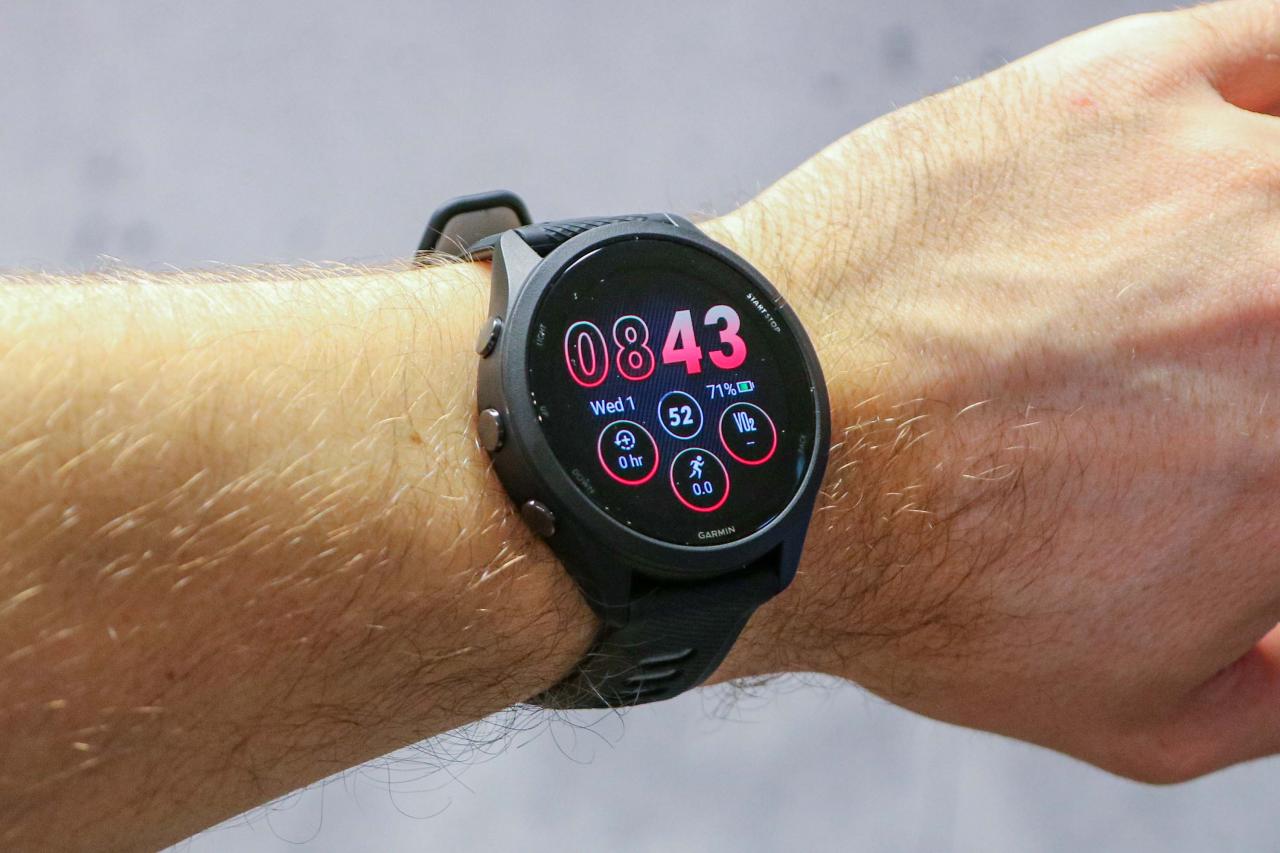
The running wearable market has exploded in 2025, with technology advancing at a pace that matches even the most dedicated runners. Today's devices offer unprecedented accuracy, battery life, and smart features that can genuinely transform your training and performance. Whether you're a casual jogger or an ultra-marathoner, the right wearable can provide invaluable insights into your running form, recovery needs, and training progress.
In this comprehensive guide, we'll explore the best running wearables of 2025, breaking down their key features, pros and cons, and helping you determine which device best suits your specific running goals and lifestyle. We've tested dozens of the latest models in real-world conditions to bring you the most accurate and helpful recommendations possible.
Why Invest in a Running Wearable in 2025?
Before diving into our top picks, it's worth understanding why dedicated running wearables have become essential tools for runners of all levels:
- Advanced metrics beyond pace and distance - Today's wearables analyze running power, ground contact time, vertical oscillation, and other metrics that were once only available in professional labs
- Personalized training guidance - AI-powered coaching that adapts to your fitness level, goals, and recovery status
- Recovery optimization - Sleep tracking, HRV monitoring, and stress tracking help ensure you're training at the right intensity
- Safety features - Fall detection, emergency alerts, and live tracking provide peace of mind during solo runs
- Improved accuracy - Multi-band GPS and enhanced heart rate sensors deliver data you can truly rely on
- Longer battery life - Many devices now last weeks between charges, even with regular GPS use
Our Top Picks for Running Wearables in 2025
After extensive testing and research, we've identified the best running wearables across different categories to help you find the perfect match for your needs and budget.

1. Garmin Forerunner 265
- Vibrant AMOLED touchscreen with always-on display
- Up to 13 days battery life (24 hours in GPS mode)
- Multi-band GPS for superior accuracy in challenging environments
- Advanced training metrics and daily workout suggestions
- Comprehensive recovery advisor and sleep tracking
Pros
- Exceptional accuracy in all conditions
- Brilliant display visibility
- Comprehensive training ecosystem
Cons
- Premium price point
- Limited smartwatch features compared to Apple
- Learning curve for advanced features
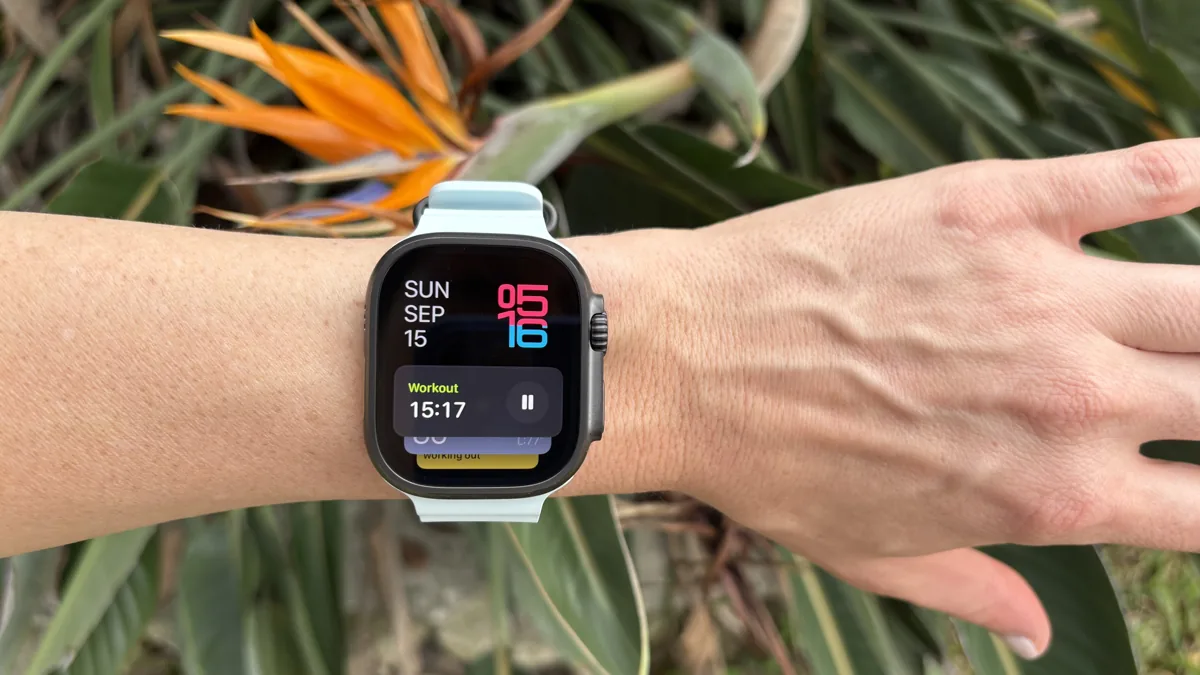
2. Apple Watch Ultra 2
- Rugged titanium case with sapphire crystal display
- Up to 36 hours of battery life (72 hours in low power mode)
- Dual-frequency GPS with precision route tracking
- Action button for quick workout starts and lap marking
- Water resistant to 100 meters with depth gauge
Pros
- Exceptional build quality
- Bright, always-on display
- Seamless iOS integration
Cons
- iOS only - not compatible with Android
- Highest price point in our roundup
- Less specialized running metrics than Garmin
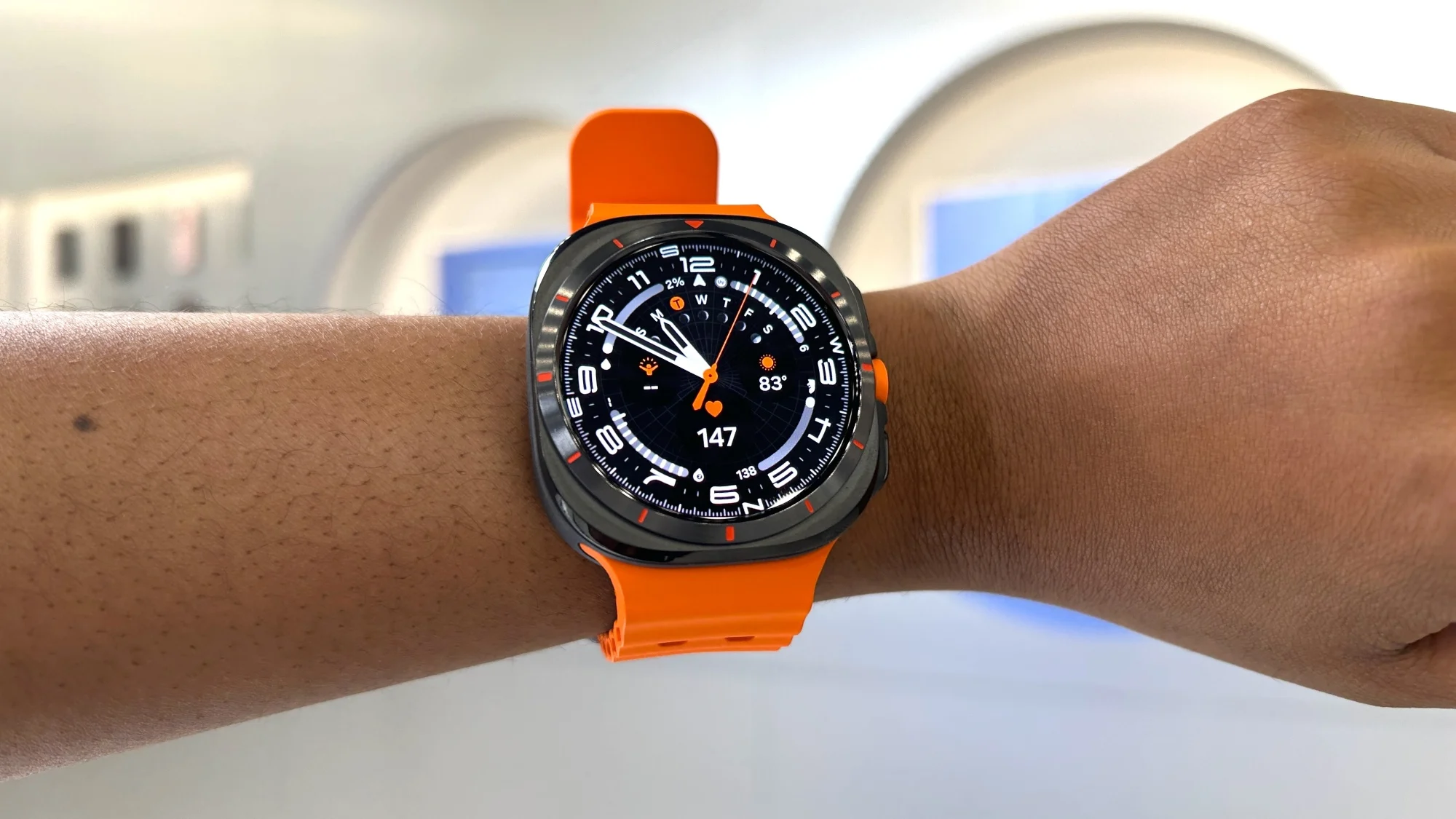
3. Samsung Galaxy Watch Ultra
- Titanium construction with sapphire crystal display
- Up to 100 hours of battery life in standard mode
- BioActive sensor for heart rate, ECG, and blood pressure
- Advanced sleep coaching with sleep apnea detection
- Wear OS 5 with extensive app ecosystem
Pros
- Exceptional battery life
- Comprehensive health monitoring
- Excellent Android integration
Cons
- Limited functionality with iOS
- Running-specific metrics less detailed than Garmin
- Bulky design may not suit smaller wrists
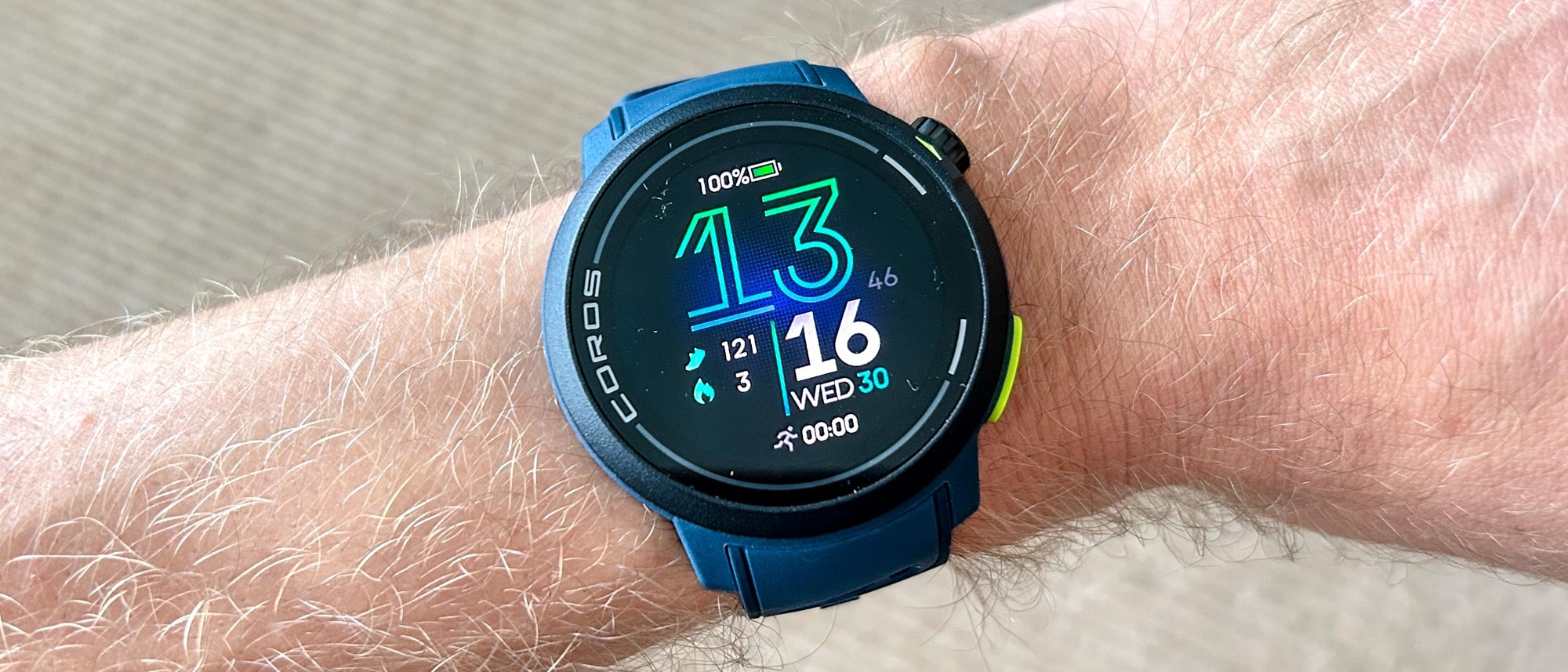
4. Coros Pace Pro
- Incredibly lightweight design (38g without strap)
- Up to 24 days battery life (80 hours in GPS mode)
- Full-color offline maps with turn-by-turn navigation
- Advanced training metrics including running power
- Track mode for precise lap timing and metrics
Pros
- Best-in-class battery life
- Excellent value for features
- Lightweight and comfortable
Cons
- Limited smartwatch capabilities
- Smaller app ecosystem
- Less intuitive interface than competitors
Comparison of Key Features
To help you make an informed decision, here's a side-by-side comparison of the key specifications for our top running wearables:
| Feature | Garmin Forerunner 265 | Apple Watch Ultra 2 | Samsung Galaxy Watch Ultra | Coros Pace Pro |
|---|---|---|---|---|
| Price | $349.99 | $799.99 | $649.99 | $349.99 |
| Battery Life (Smartwatch) | 13 days | 36 hours | 100 hours | 24 days |
| Battery Life (GPS) | 24 hours | 12 hours | 30 hours | 80 hours |
| Display | AMOLED | OLED Retina | AMOLED | LCD |
| GPS Accuracy | Multi-band | Dual-frequency | Multi-band | Multi-band |
| Offline Maps | No | Yes | Yes | Yes |
| Music Storage | Yes | Yes | Yes | No |
| Payments | Garmin Pay | Apple Pay | Samsung Pay | No |
| Weight | 47g | 61g | 60.5g | 38g |
How to Choose the Right Running Wearable
With so many excellent options available, selecting the right running wearable comes down to your specific needs and preferences. Here are some key factors to consider:
Ecosystem Compatibility
If you're heavily invested in Apple's ecosystem, the Apple Watch Ultra 2 offers the most seamless integration. Android users will find the Samsung Galaxy Watch Ultra provides similar integration benefits. The Garmin and Coros options work well with both iOS and Android, though with some feature limitations.
Battery Life Requirements
For ultramarathoners or those who hate frequent charging, the Coros Pace Pro's exceptional battery life is unmatched. The Samsung Galaxy Watch Ultra also offers impressive longevity. If you don't mind charging every few days, the Garmin and Apple options still provide enough juice for most training sessions.
Training Features vs. Smart Features
Decide whether you prioritize running-specific metrics and training tools (where Garmin and Coros excel) or smartwatch functionality like robust app ecosystems, payments, and communication features (where Apple and Samsung lead).
Budget Considerations
The Coros Pace Pro offers the best value for serious runners on a budget, while the Apple Watch Ultra 2 represents the premium end of the market with its polished experience and build quality.
Take Your Running Club to the Next Level
Endurela helps running clubs manage members, track progress, and build community with our AI-powered platform. Perfect for clubs looking to leverage the data from these wearables for group training and events.
Get Early AccessThe Future of Running Wearables
As we look beyond 2025, several emerging trends are likely to shape the next generation of running wearables:
- Advanced biometrics - Non-invasive blood glucose monitoring, hydration tracking, and more comprehensive biomarker analysis
- AI coaching enhancements - More personalized training guidance based on your unique physiology and response patterns
- Augmented reality integration - Heads-up displays for real-time metrics without looking at your wrist
- Enhanced recovery tools - More sophisticated sleep tracking and recovery recommendations
- Improved form analysis - Real-time feedback on running mechanics to prevent injuries and improve efficiency
Final Thoughts
The running wearable you choose should ultimately enhance your running experience, not complicate it. While the technology continues to advance at an impressive pace, the best device for you is the one that fits seamlessly into your training routine and provides the insights that matter most to your goals.
For most runners in 2025, the Garmin Forerunner 265 offers the best balance of features, accuracy, and usability, making it our top overall pick. However, each of the wearables featured in this guide excels in specific areas and would serve runners well depending on their individual needs.
Remember that even the most advanced wearable is just a tool—the real magic happens when you lace up your shoes and hit the road or trail. Happy running!
